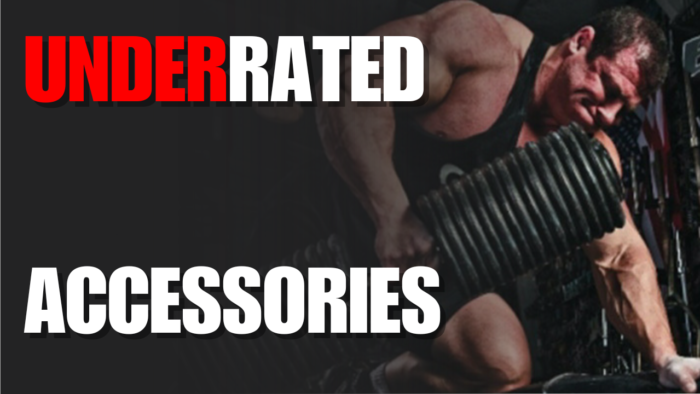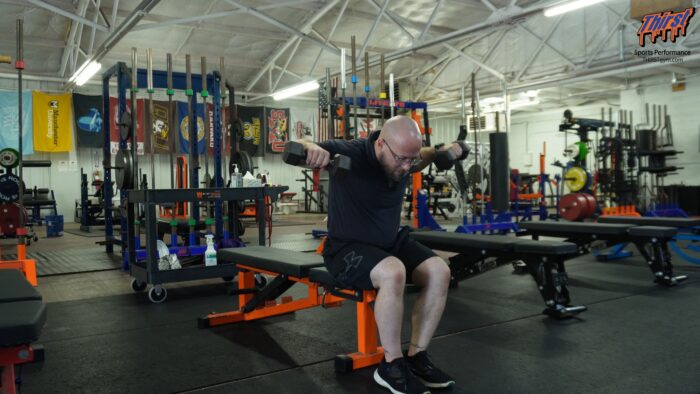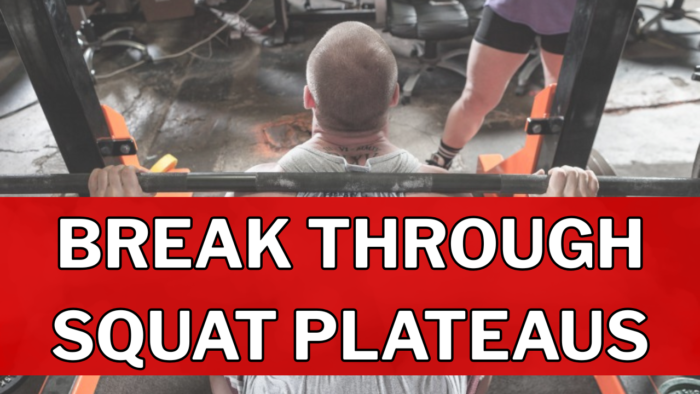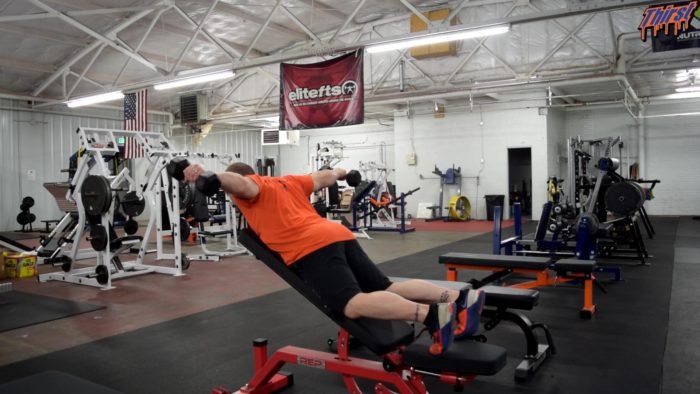5 Overlooked Accessories That Add 50+ lbs to Your Total
Most powerlifters are missing out on fifty pounds or more on their total because they’re overlooking five critical accessory exercises that build core stability, upper back thickness, and unilateral leg strength. This comprehensive guide reveals how to properly execute and program the dead bug, Croc row, Bulgarian split squat, JM press, and suitcase carry to address weak links in your squat, bench press, and deadlift. Learn the exact progressions, loading parameters, and programming strategies that can add serious pounds to your powerlifting total in just six to eight weeks.






